I recently came across a device (a headlamp) with lithium-polymer battery, which is marked 3.8 V nominal voltage, instead of usual 3.6-3.7 V. It's charging circuit is based on ME4057D chip, which is a 1 A lithium battery charger. The suffix -D in the chip's name indicates a variant which, according to the datashaeet, charges the battery to 4.34 V, instead of normal 4.2 V.
I would like to reuse this battery along with it's charging circuit in some of my projects, but I'm concerned about safety, because I always heard charging lithium batteries to voltage higher than 4.3 V can be dangerous.
Complete marking of the battery is: WT 902554 3.8V 1600mAh, but I didn't manage to get a datasheet.
My questions are:
- Is the 3.8 V nominal voltage something really unusual, or there are some special types of lithium batteries, where such nominal voltage is normal?
- Can be charging to 4.34 V dangerous or significantely decrease lifetime of the battery?
